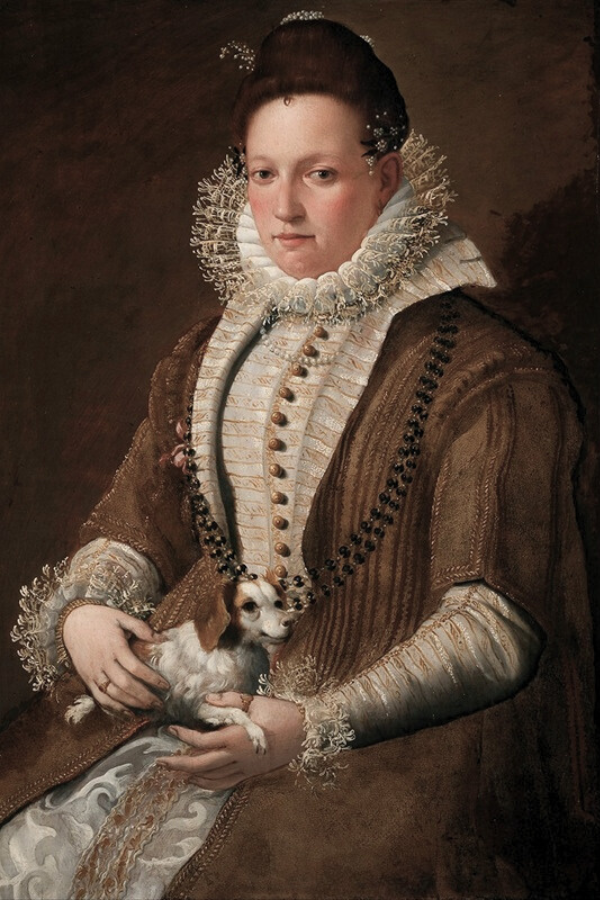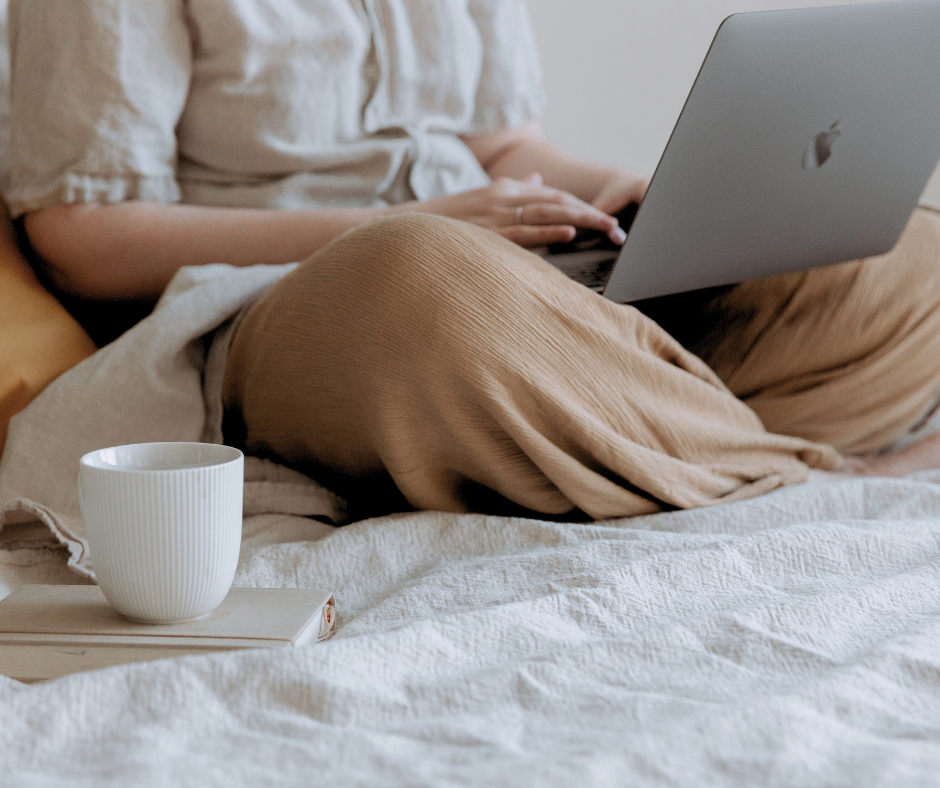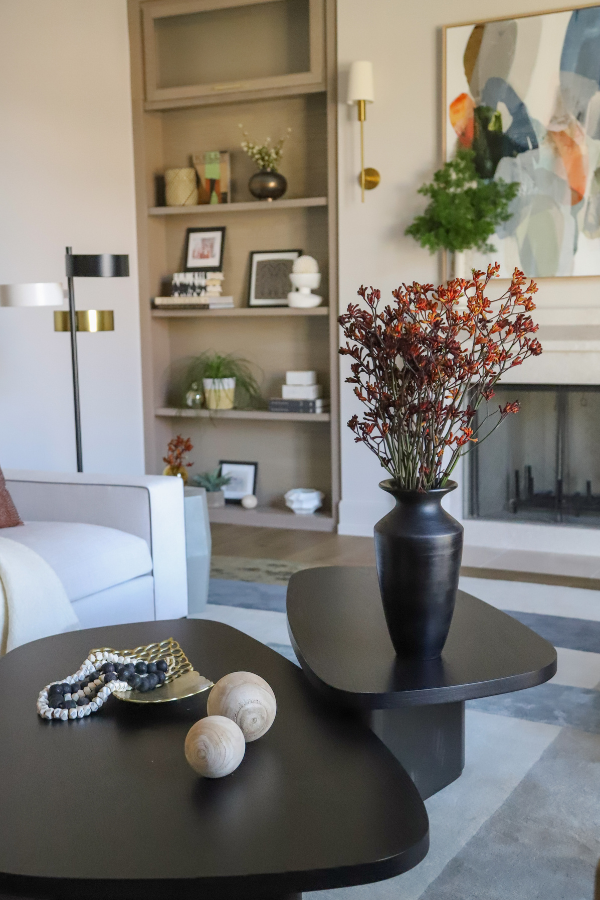
How Do I Keep Loving Design When 80% of My Job Is Running the Business?
Summary
Every design founder eventually faces the same shift: the job becomes less about sketching concepts and more about running a company. But losing touch with the creative side isn’t inevitable — it’s a choice. Protect design time like client time, delegate relentlessly, reframe leadership as a creative act, and feed your curiosity with new inspiration. Separate “owner mode” from “designer mode,” and accept that staying creatively engaged takes ongoing effort. With intention, the business can grow without swallowing the work that made you start it.
Reflection Questions
Which parts of your week feel furthest from the creative spark that originally pulled you into design — and why?
What tasks are you still handling that someone else could realistically own, freeing you to focus more on design?
How might redefining “creative leadership” shift the way you value your role in the studio today?
Journal Prompt
Think back to the moment you decided to start your firm. What specific parts of the design process made you feel most alive then? Now, compare that to how you spend your time today. Where’s the biggest gap — and what’s one concrete step you could take this month to close it? Explore how your leadership could evolve to protect and nurture the creative work that still fuels you.
Every principal reaches this point eventually. You launch a studio because you love the work. the concept sketches, the materials library, the first site visit that makes the whole thing real. But years later, you’re sitting in a budget meeting trying to decode insurance invoices, and the closest you’ve come to a finish schedule in months is approving someone else’s. The shift is gradual and rarely dramatic, which is why it sneaks up on so many founders. One day, you look around and realize the business you built to do creative work now pulls you away from it.
It doesn’t have to stay that way. You might never get back to sketching every concept by hand, but you can build a firm that still feeds the part of you that started all this in the first place. It takes planning, and more discipline than most owners expect, but it’s possible.
Keep Your Creative Flame Flickering with These 7 Strategies
Protect Design Time Like It’s Client Time
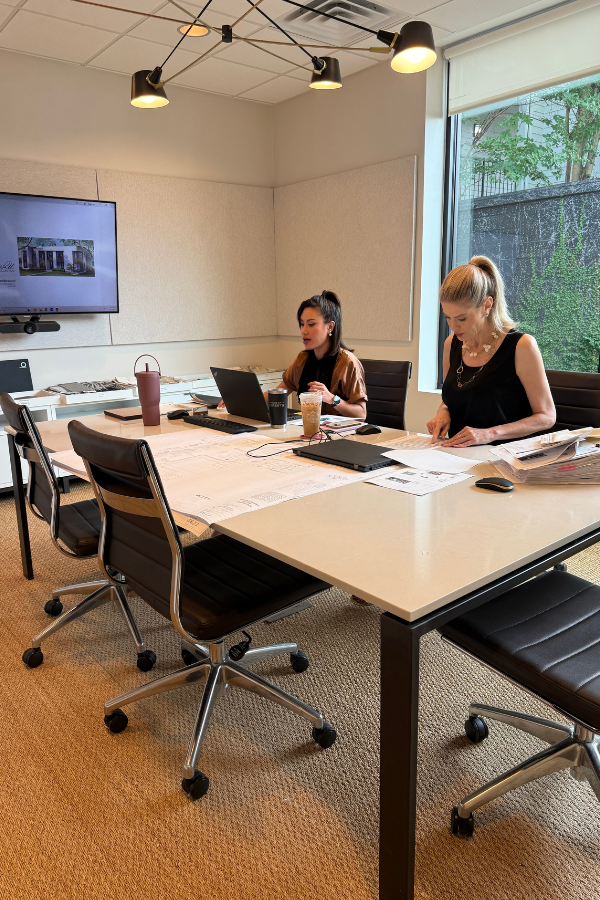
Creative time doesn’t magically appear. It’s taken. If you want to keep designing, you have to defend that space as aggressively as you defend a client deadline. That might mean reserving one project a year where you personally lead the concept phase. Or choosing one part of the process that’s always yours, whether it’s design development or final presentation.
This isn’t ego. You’re staying tethered to the work that keeps you engaged. Most owners wait for an opening in their schedule before diving back into design, and that opening never arrives. The calendar will always fill itself with operational demands. You have to carve that time out and protect it, even when the business tries to take it back.
Take this step today…
Block out a recurring two-hour slot on your calendar every week that’s dedicated solely to design work; no meetings, no admin, no exceptions. Choose one active project and use that time to personally sketch, source, or review details rather than delegate them.
Delegate More Than You Think You Can
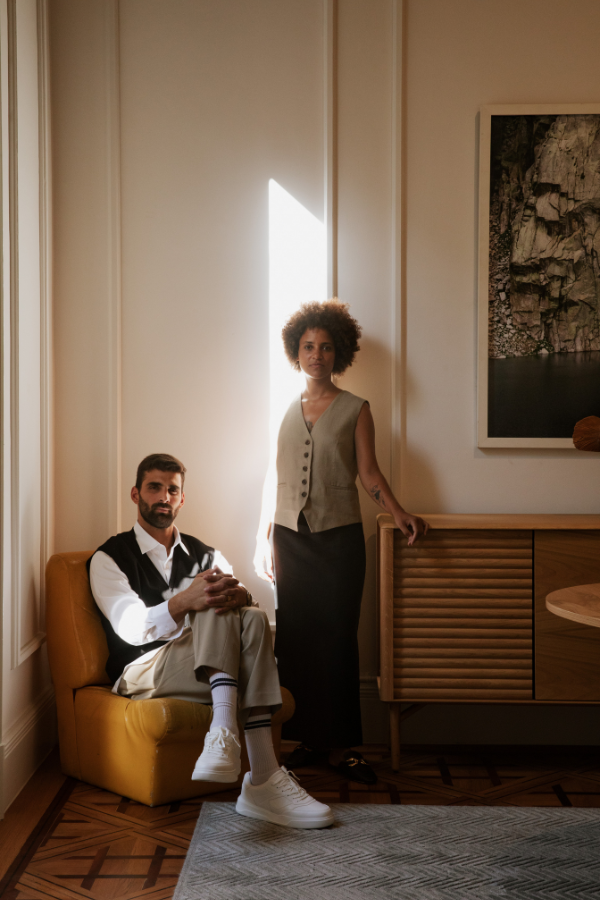
Many principals hold on to too much. They manage payroll, chase invoices, oversee procurement, run the marketing calendar, and troubleshoot vendor delays. Most of that has nothing to do with design. It’s not that those tasks don’t matter; they’re just not the highest and best use of your time.
If you want creative energy back, you have to stop burning it on admin. Hire a bookkeeper. Bring on a project coordinator. Outsource procurement to someone who lives and breathes spreadsheets. The more you release, the more you recover. And once you see how much brain space it frees up, you’ll wonder why you waited so long.
Take this step today…
Make a list of five recurring tasks you still handle (like invoicing, purchase orders, or client follow-ups) and choose two to delegate by the end of the week. Draft a short SOP for each and assign them to a team member or outsourced specialist.
Redefine What Creative Leadership Looks Like
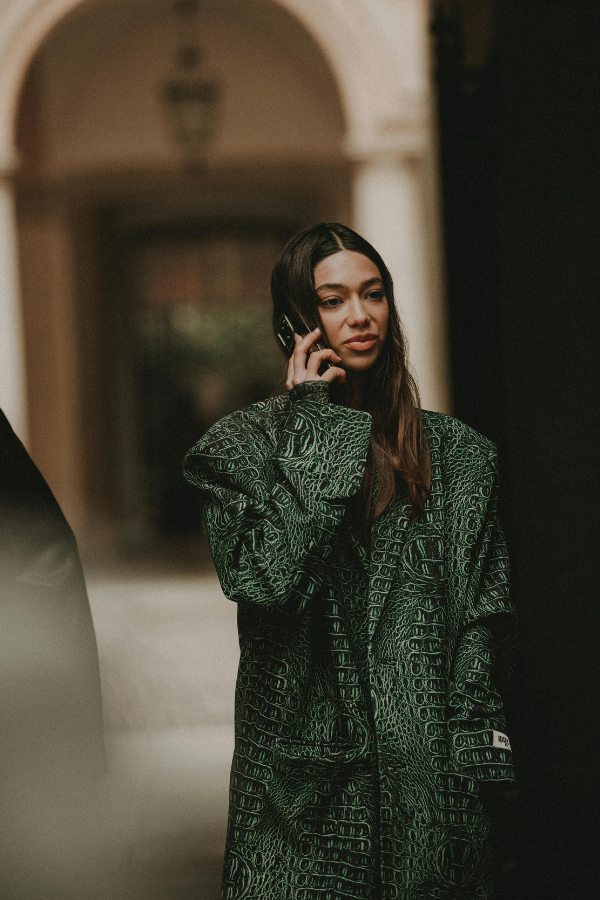
Founders often assume they’ve lost their creative edge because they’re not drawing floor plans anymore. That’s too narrow a definition. At a certain scale, leadership itself is a creative act. Building a team, shaping the way they collaborate, setting the studio’s design point of view — all of that is deeply creative work.
If you step back and see the whole business as part of the design problem, the shift in role feels less like a loss. A studio’s culture is as much a design project as any room or building. It requires vision, iteration, problem-solving, and a clear sense of aesthetics. It’s just that the medium has changed.
Take this step today…
Schedule a 30-minute meeting with your team to walk through one project’s design direction, not budgets or deadlines, just vision. Use that conversation to set creative parameters and share the “why” behind decisions so you’re still shaping the outcome without drawing every line.
Feed Your Creative Curiosity
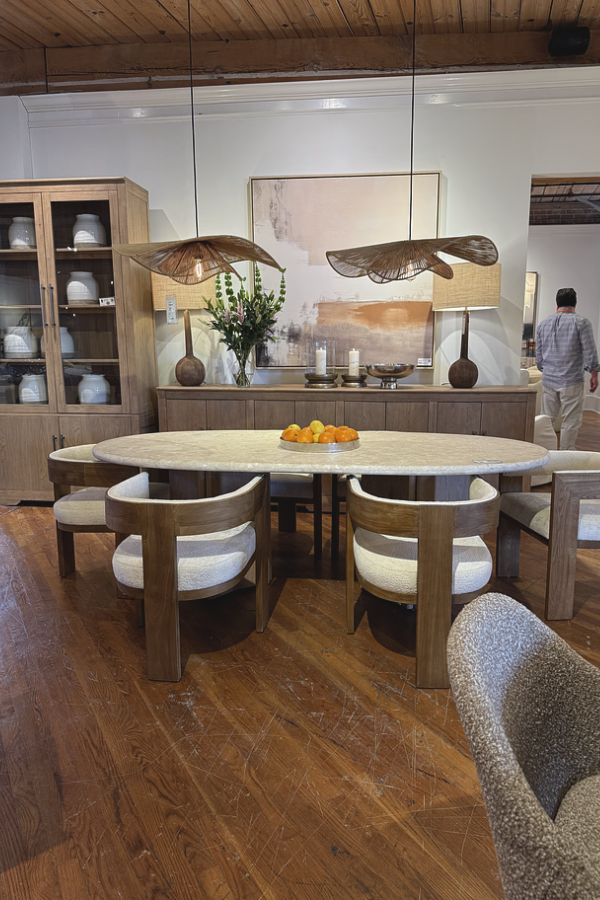
Routine is the enemy of inspiration. If you spend every day in the same office dealing with the same problems, your perspective starts to narrow. The solution isn’t more Pinterest boards. It’s new inputs.
Walk trade shows. Visit art fairs. Tour showhouses. Travel if you can. Talk to peers outside your niche. These aren’t luxuries; they’re fuel. And they often spark ideas that find their way into projects months or years later. Staying connected to the wider design world helps you see your own work in context, which keeps the fire lit even when the day-to-day feels dry.
Fuel your creative fire & be a part of a supportive community that values how you love to live.
subscribe to our newsletter
*please check your Spam folder for the latest DesignDash Magazine issue immediately after subscription
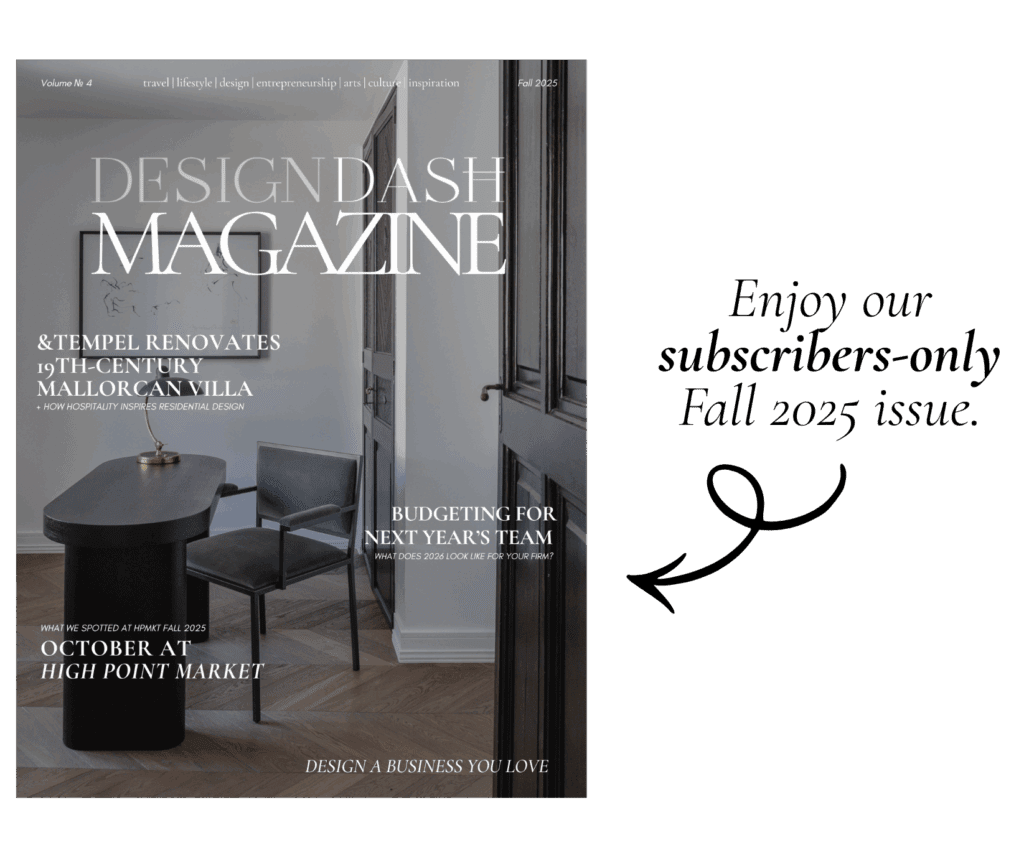
Take this step today…
Pick one design-related event (a trade show, product launch, gallery opening, or showroom visit) and put it on your calendar this month. Commit to attending it as part of your job, not as an optional extra.
Separate “Owner Mode” and “Designer Mode”
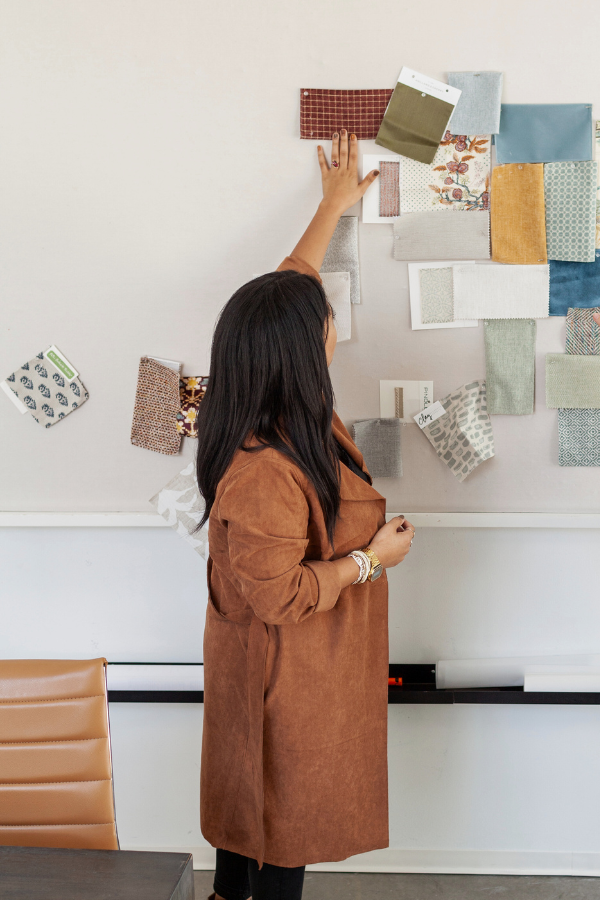
It’s hard to feel creative when you’re fielding client emails in one window and reviewing tax filings in another. Switching mental gears constantly drains focus. Try separating your roles instead.
Dedicate specific blocks of time to creative work and treat them as sacred. During those hours, silence Slack, skip the inbox, and shut the door. Even a few uninterrupted hours a week spent fully in “designer mode” can change how connected you feel to the work.
Take this step today…
Choose one day next week and divide it into two blocks: three hours of deep design work in the morning and three hours of business operations in the afternoon. Treat each block like a client meeting: uninterrupted, focused, and clearly defined.
Accept That Creative Energy Needs Maintenance
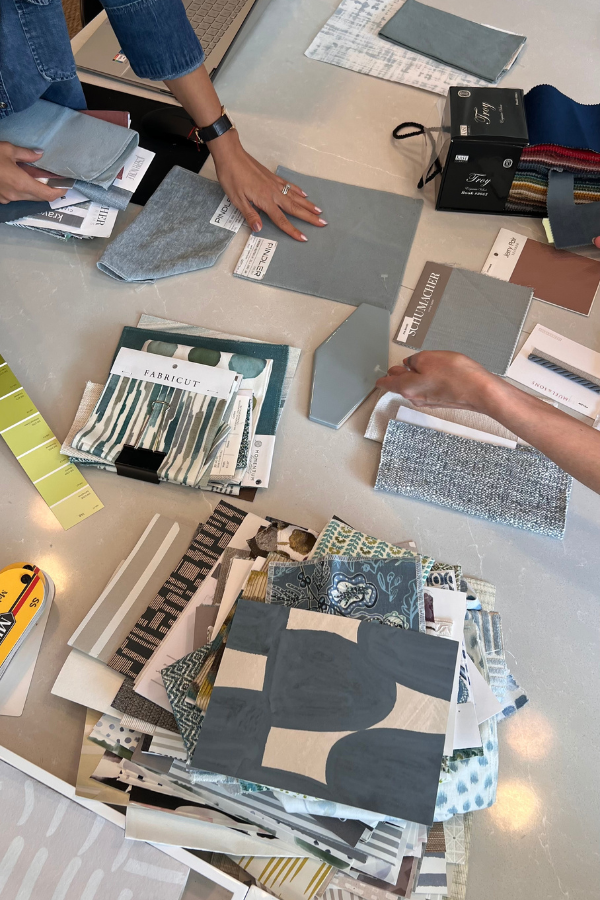
Loving design doesn’t always happen automatically once you reach a certain level. It’s something you have to keep building and rebuilding. The business will always expand to fill every inch of your attention if you let it. The key is to resist its influence.
If you keep a hand in the work, delegate aggressively, reimagine what creativity looks like, and seek out inspiration deliberately, you’ll notice something subtle but important. The business side will still be there, but it won’t consume you. And the part of the job that made you want to do this in the first place won’t feel like it’s on life support anymore.
Take this step today…
Write down the three parts of the design process that genuinely energize you (e.g., sourcing, concept development, presentation). Then choose one and make it your non-negotiable involvement in every project moving forward.
Keep the Work Worth Doing
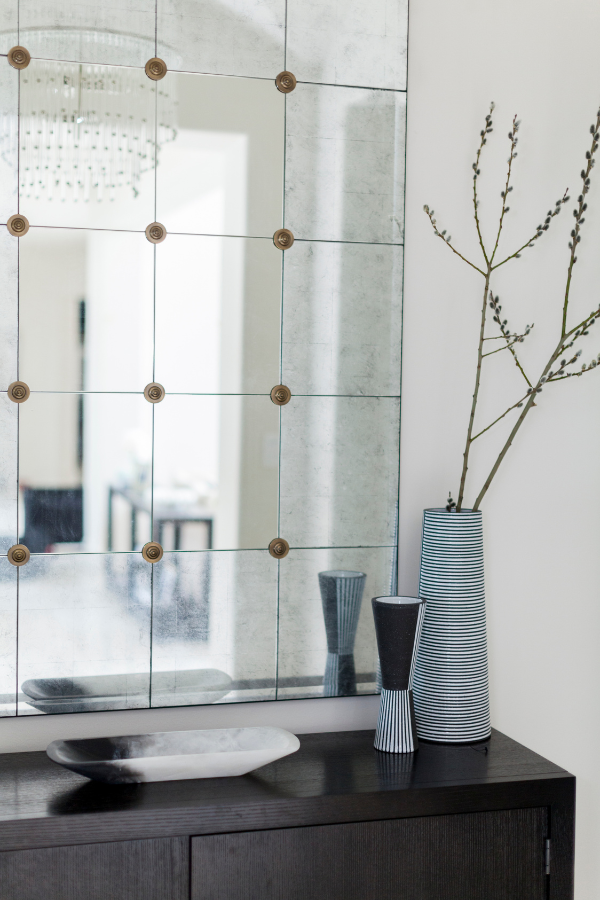
The longer you run a studio, the easier it is to drift into the role of operator and forget you’re also a designer. The business needs you, and it will keep needing you. That part never really stops.
What separates the firm owners who stay energized from the ones who quietly burn out isn’t talent or luck. It’s intention. They make deliberate choices to stay close to the work that drew them in. They build teams around the tasks that drain them. They draw boundaries around time that’s meant for design. And they treat inspiration not as a luxury, but as maintenance.
You might not ever spend your days exactly as you did in the early years. But if you plan for it, protect it, and keep adjusting as you grow, there’s no reason the creative part of this job has to fade. It can still be the center of what you do, even if it’s no longer the only thing.
Written by the DesignDash Editorial Team
Our contributors include experienced designers, firm owners, design writers, and other industry professionals. If you’re interested in submitting your work or collaborating, please reach out to our Editor-in-Chief at editor@designdash.com.








